You Not Having a Car With 'Superpowers' is Somehow Donald Trump's Fault

Supposedly, everyone eagerly anticipates the day they can own a shiny-new self-driving car, but automakers, regulatory agencies, consumer advocates, Silicon Valley, and the White House are debating how exactly that’s supposed to happen. They haven’t reached a consensus yet — and that’s probably not likely to change anytime soon.
Most autonomous cars rely on array of cameras, LIDAR, GPS, inertial measurement devices, and complex control systems used to interpret sensory information before reacting accordingly. Vehicle-to-vehicle communication systems (V2V) are regarded by many as essential components to establishing fully automated travel. The theory is that, by allowing cars to communicate directly on a broadband frequency, they can better predict each other’s movements.
However, a recent Bloomberg article accuses the technology of “going nowhere fast,” citing the Trump administration as the chief culprit, and alluding to the direct stifling of technology that would give cars “superpowers” in the next few years.
I probably won’t have the opportunity to say this often — and it feels kind of strange to say it now — but these accusations aren’t entirely fair to the president or his administration.
While there is little debate over the merits of of V2V, suggesting a government-mandated solution is the only way to ensure its progression is a dubious claim at best. General Motors is already implementing vehicle-to-vehicle communications on the Cadillac CTS and has made some of the most impressive strides in self-driving technology of any manufacturer.
The Federal Communications Commission has already made room on the airwaves for V2V, so the bandwidth is there for automakers that want to grab it. And grab it they likely will, as most would prefer to minimize the risk of a crash when liability laws are still up in the air.
However, V2V technology isn’t anywhere close to ready for a wholesale rollout. The federal government only started testing V2V systems in Ann Arbor in 2012, installing sensors on a few thousand cars in a collaboration with the University of Michigan. But the Department of Transportation said it wanted to expand testing to larger cities and even considered mandating V2V in everything from new cars to pedestrians’ smartphones — after making plans to run trials in Florida in 2015.
For the sake of clarity, they were testing the system itself and not how fully autonomous vehicles would respond to it.
Still, I’ll concede that not encouraging the program and forgoing mandates could hurt the initial market successes of V2V technology. Bloomberg made this point when it interviewed Glen De Vos, chief technology officer at Delphi Automotive, which supplies all manner of autonomous-driving systems.
“Unless it gets mandated, nobody is going to put it on their cars,” said De Vos. “As we meet with regulators, we continue to pound the drum and tell them these early-warning systems in V2V communications have huge safety benefits.”
However, Delphi has a lot to gain from pushing V2V implementation, including data mining. In April, De Vos announced investments and partnerships in three privately held companies to help carmakers profit from the increasing amount of data produced by the growing number of vehicles connected to the internet and each other.
Speaking on the issue earlier this year, De Vos outlined Delphi’s plan after purchasing a minor stake in an Israeli company that produces a platform which takes data generated by connected cars and lets carmakers offer the data for sale on a marketplace accessed by third-party suppliers. “They’re a data broker, they’re providing enabling technologies allowing the [automaker] to market their data across a wide array of services and vendors,” said DeVos.
Delphi also invested heavily into Movimento, which provides over-the-air software updates and data management, in 2016 and Control-Tec, a data analytics company, in 2015. However, a business wanting to remain profitable doesn’t mean the safety claims are bunk — just that the source of information might have a specific agenda.
Bloomberg also interviewed parts supplier Robert Bosch GmbH, which (surprise!) also said V2V systems were essential to a self-driving vehicle.
Here’s the largest problem with the Bloomberg assertion: when autonomous vehicles come to market en masse they’ll be on the road with millions of older vehicles that don’t have V2V capabilities. That makes the technology essentially worthless as a safety measure until it can be deployed in a majority of vehicles, which would take decades.
Those first connected vehicles will be about tracking your driving habits and selling your data to advertisers as much as they are bolstering your safety — both of which are major incentives for automakers to include the technology, by the way.
Despite the Obama administration’s loose proposal to equip all new cars with V2V transponders, the Trump administration is not stressing its importance. But it isn’t stifling this technology. Automakers absolutely have the opportunity to take advantage of V2V systems but they’re still trying to establish how to make a self-driving car function in the real world, not a hypothetical one where every machine is on a Skynet-like network.
In fact, for better or for worse, the Trump administration is trying to give automakers carte blanche to test self-driving platforms to their heart’s content, without much regulatory oversigh t. While a potential affront to public safety, it’s not likely to kill the development of any autonomous technologies — including V2V. However, the White House’s free-market approach to this extremely complicated issue gives no assurance that things will be done correctly, either.
“There will be a competitive process in which those projects that have greater innovation and are more forward looking will have a larger share of our federal dollars,” said Secretary of Transportation Elaine Chao during her announcement of the administrations Vision for Safety 2.0. “The technology will determine the trend.”
One thing Bloomberg gets correct is that the technology will be more effective if implemented via a government-sanctioned standard. Likewise, V2V could be further improved by networking with traffic lights and transit systems. However, no government agency or research group has reached the point where they can propose a comprehensive plan for such an enormous task.
We’re jumping the gun on this issue when we claim there is a clear path to making autonomous vehicles a reality. The technology may exist but we are scrambling to keep up with the logistics involved — and nobody seems to have a firm understanding on how best to handle it. There’s plenty more research to be done before we start making definitive statements on who has the right approach.

A staunch consumer advocate tracking industry trends and regulation. Before joining TTAC, Matt spent a decade working for marketing and research firms based in NYC. Clients included several of the world’s largest automakers, global tire brands, and aftermarket part suppliers. Dissatisfied with the corporate world and resentful of having to wear suits everyday, he pivoted to writing about cars. Since then, that man has become an ardent supporter of the right-to-repair movement, been interviewed on the auto industry by national radio broadcasts, driven more rental cars than anyone ever should, participated in amateur rallying events, and received the requisite minimum training as sanctioned by the SCCA. Handy with a wrench, Matt grew up surrounded by Detroit auto workers and managed to get a pizza delivery job before he was legally eligible. He later found himself driving box trucks through Manhattan, guaranteeing future sympathy for actual truckers. He continues to conduct research pertaining to the automotive sector as an independent contractor and has since moved back to his native Michigan, closer to where the cars are born. A contrarian, Matt claims to prefer understeer — stating that front and all-wheel drive vehicles cater best to his driving style.
More by Matt Posky
Latest Car Reviews
Read moreLatest Product Reviews
Read moreRecent Comments
- Fred I'm a fan and watch every race. I've missed a few of the live races, but ESPN repeats them during more reasonable hours.
- Mikesixes It has potential benefits, but it has potential risks, too. It has inevitable costs, both in the price of the car and in future maintenance. Cars with ABS and airbags have cost me at least 2000 bucks in repairs, and have never saved me from any accidents. I'd rather these features were optional, and let the insurance companies figure out whether they do any good or not, and adjust their rates accordingly.
- Daniel Bridger Bidenomics working.
- Michael Gallagher Some math! The cost to produce US Shale derived oil is between $35 to $55/bbl. Middle East oil cost about $15/bbl. If OPEC wanted, they could produce more , driving oil prices below our costs and decimating our domestic industry. We have whispered in their ear that they should endeavor to keep the price above our cost, in exchange for political, economic and security favors. Case in point, during COVID when gas dropped below $2/gal , producers were losing money, Trump had to approach the Saudis requesting them to cut production to raise the oil price above our cost. If the global oil industry was truly competitive, our industry would be out of business very quickly due to our much higher cost of production. Those that long for those covid prices need to realize it would be at the expense of our domestic industry.
- Norman Stansfield I'm training to be a mechanic, and have been told this or a Harley would be a good start.



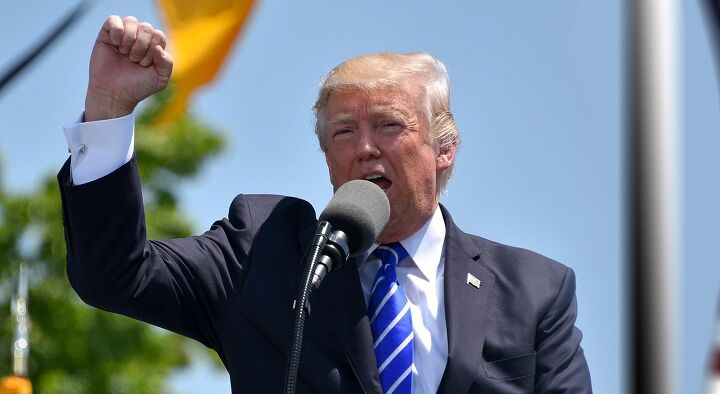















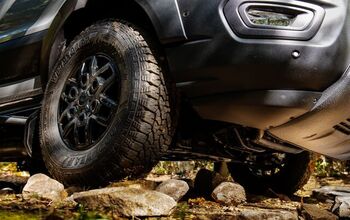

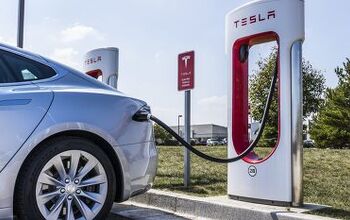
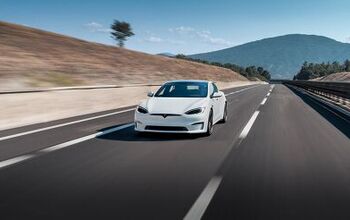
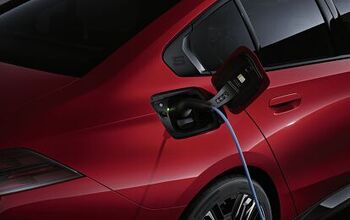


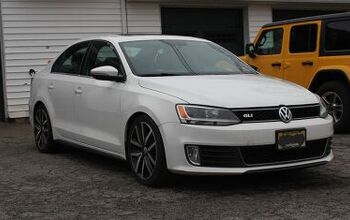
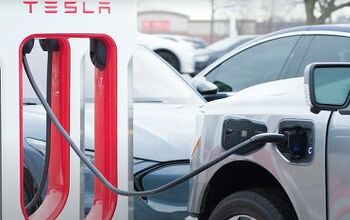
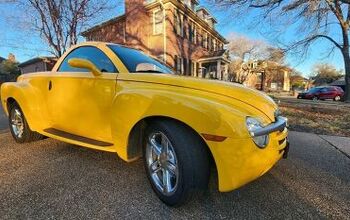
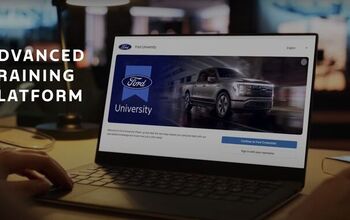
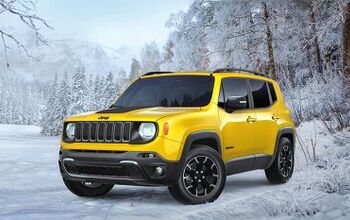
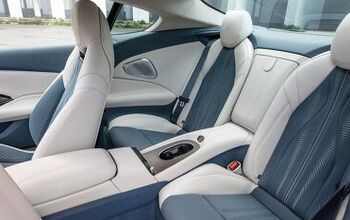

Comments
Join the conversation
For the life in me I don't know how driving autonomous cars will interface with regular cars ....... it will be like driving bumper cars at the amusement park
"I probably won’t have the opportunity to say this often — and it feels kind of strange to say it now — but these accusations aren’t entirely fair to the president or his administration." Bet you could without too much effort. He's getting way to much credit for imaginary things he hasn't done and little or none for the good things he has. Especially given his short time in office and the headwinds from Congress and the media.